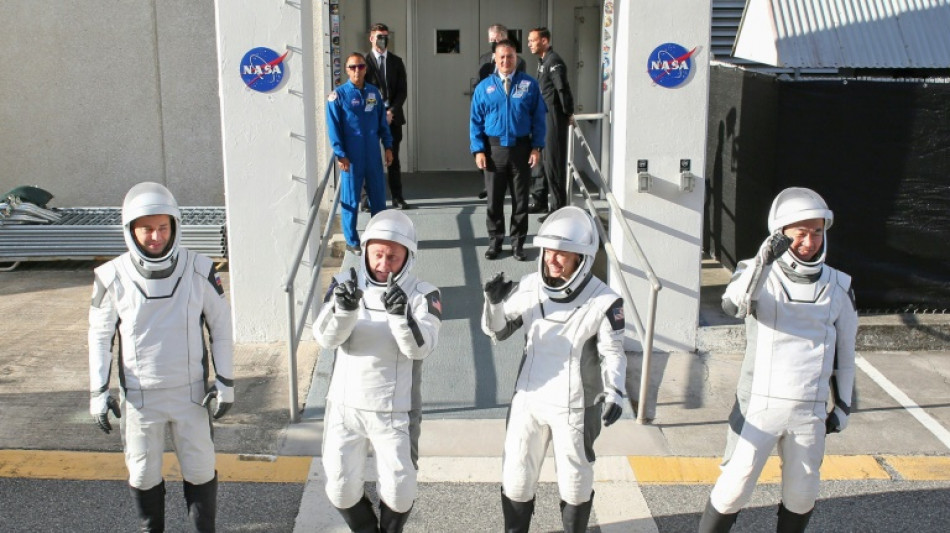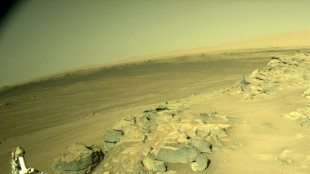

SpaceX Crew Dragon docks with International Space Station
An international team of four astronauts aboard a SpaceX Crew Dragon capsule docked Saturday with the orbiting International Space Station (ISS).
"Docking confirmed!", SpaceX posted on social media, along with a video showing the spacecraft making contact with the ISS at 2:27 am Eastern Time (0627 GMT), far above the southeast Pacific Ocean.
American astronauts Zena Cardman and Mike Fincke, Japan's Kimiya Yui, and Roscosmos cosmonaut Oleg Platonov are joining the ISS on a six-month mission.
They lifted off Friday morning from Kennedy Space Center in Florida, their capsule mounted on a Falcon 9 rocket.
It is the 11th crew rotation mission to the ISS under NASA's Commercial Crew Program, created to succeed the Space Shuttle era by partnering with private industry.
"We have cold drinks, hot food, and us waiting -- see you soon," the ISS crew told the new arrivals shortly after contact, according to the posted video.
"Hello Space Station -- Crew 11 is here and we are super excited to join," Fincke replied.
As part of their stay, the Crew-11 astronauts will simulate Moon landing scenarios that could be encountered near the lunar South Pole under the US-led Artemis program.
Using handheld controllers and multiple display screens, they will test how shifts in gravity affect astronauts' ability to pilot spacecraft, including future lunar landers.
Continuously inhabited since 2000, the ISS functions as a testbed for research that supports deeper space exploration -- including eventual missions to Mars.
Among Crew-11's more colorful cargo items are Armenian pomegranate seeds, which will be compared to a control batch kept on Earth to study how microgravity influences crop growth.
The ISS is set to be decommissioned after 2030, with its orbit gradually lowered until it breaks up in the atmosphere over a remote part of the Pacific Ocean called Point Nemo, a spacecraft graveyard.
T.Zimmer--NRZ




